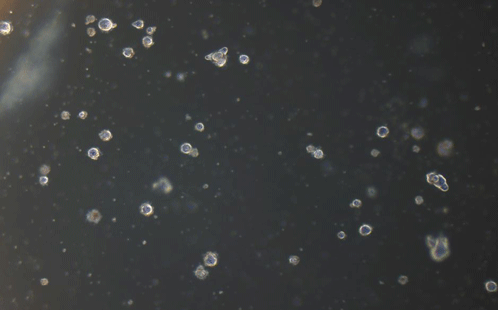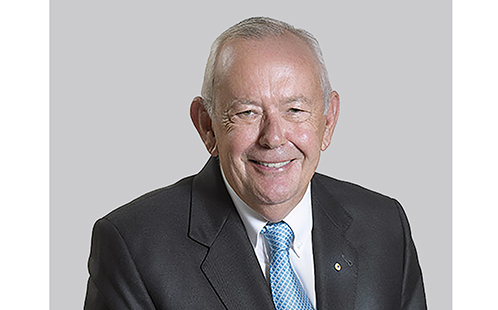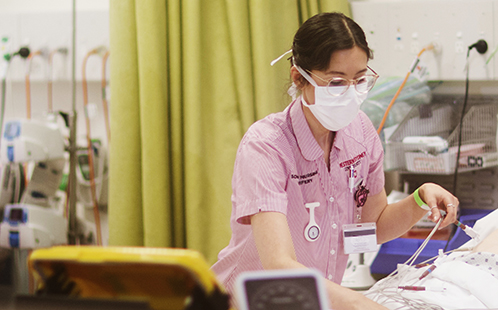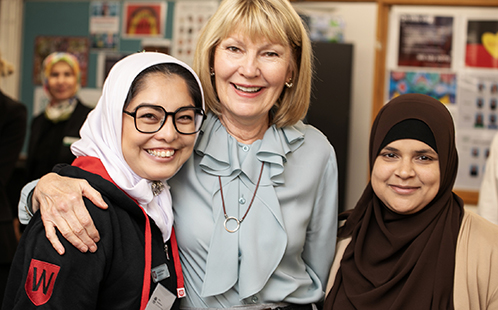Western Sydney University leads world-first cataract research

Low magnification image of the micro lenses.
A team of researchers from Western Sydney University are on track to significantly improve the lives of children and adults with cataracts thanks to their development of a world-first process able to generate light-focusing lenses from stem cells.
This discovery – recently published in Development and led by Dr Michael O’Connor from the School of Medicine – enables Dr O’Connor’s research team to make thousands of human micro-lenses in the lab that are highly similar to lenses in the eye; a process which could prove life changing for millions of people.
“Impaired vision caused by cataract affects over 100 million people worldwide. Being able to study light-focusing lenses that closely resemble the lens of the eye is a big step towards being able to develop drugs to treat patient-specific cataract and presbyopia. Finding drugs that delay cataract could also save governments around the world billions of dollars a year that are currently spent on cataract surgery,” says Dr O’Connor.
Improved cataract treatments could also greatly improve the lives of millions of cataract patients, thereby reducing the social, educational, and employment disadvantage caused by cataracts. This is particularly true for childhood cataract patients. There are approximately 314,000 new cases of childhood cataract each year – each requiring multiple surgeries and resulting in suboptimal vision, compared to adult cataract patients.
“Our discovery allows us to progress lens regeneration as an improved treatment for childhood cataract, which could both improve vision outcomes and reduce the number of surgeries needed by childhood cataract patients,” says Dr O’Connor.
Further evaluation of this breakthrough process is of urgent importance according to the Director of Cataract Kids Australia, Dr Megan Prictor.
“Children who are born with or develop cataract face a very challenging treatment path and uncertain outcomes. We are talking about eye surgery on tiny babies and years of visual rehabilitation involving contact lenses or glasses and patching – which puts families under enormous pressure,” says Dr Prictor.
“Dr O’Connor’s research offers hope of a transformation in treatment that could mean future child cataract patients fare much better. More funding is needed so that this new technology can progress to clinical trial stage.”
Ends
19 March 2018
Latest News

Western Sydney University receives transformational donation to support LGBTIQA+ community
Western Sydney University has welcomed a philanthropic donation from The Brennan Lynch Foundation.

Western Sydney University ranks among world’s best for 23 subjects
The University has been named as one of the world’s top universities for the study of 23 subjects in the latest edition of the QS World University Rankings by Subject, including being ranked in the top 50 for Nursing.

Western Sydney University receives landmark $7.9 million philanthropic gift from Harvey Norman to launch leadership academy, empowering young women in Western Sydney
Western has welcomed a landmark donation to establish the Harvey Norman® Young Women’s Leadership Academy Led by Katie Page.
Mobile options:

